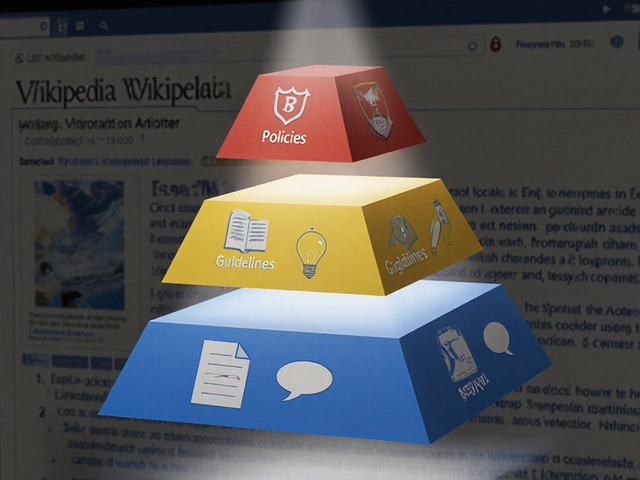Wikipedia editing patterns: How volunteers shape the world's largest encyclopedia
When you read a Wikipedia article, you're seeing the result of Wikipedia editing patterns, the recurring behaviors and workflows volunteers use to create, update, and defend content on the world’s largest encyclopedia. Also known as editorial workflows, these patterns aren’t random—they’re shaped by policy, culture, and years of trial and error. Unlike corporate platforms that use algorithms to push content, Wikipedia relies on people—thousands of them—making small, careful changes every day. These aren’t just edits; they’re acts of collective stewardship.
These patterns depend on tools like the watchlist, a tracking system that lets editors monitor changes to articles they care about, and systems like Wikidata, a central database that syncs facts across all language versions of Wikipedia. They also follow strict rules: Wikipedia policies, mandatory rules that govern sourcing, neutrality, and behavior, aren’t suggestions—they’re the backbone of reliability. Without them, edits would collapse into chaos. But policies alone don’t explain why some articles stay accurate while others rot. That’s where editing patterns come in: who edits what, when, and why. For example, fan communities keep sci-fi pages updated within hours of a new episode. Meanwhile, task forces slowly fix decades of bias in articles about Indigenous peoples or women scientists. These aren’t flashy efforts—they’re quiet, persistent, and essential.
Editing patterns also reveal what’s broken. When copyright takedowns erase valuable sources, or when off-wiki harassment drives editors away, the encyclopedia loses more than content—it loses trust. The same patterns that fix errors also expose systemic gaps. That’s why the most important edits aren’t always the biggest. Sometimes, it’s one person correcting a single date, or adding a citation from a local newspaper no one else thought to check. These are the invisible acts that keep Wikipedia alive.
What you’ll find below isn’t just a list of articles—it’s a map of how Wikipedia really works. From how volunteers pick stories for The Signpost, to how they handle disputes, build bibliographies, and fight AI bias, every piece shows a different thread in the same tapestry. You’ll see how editing isn’t about being right—it’s about being careful, consistent, and committed.
Academic Research About Wikipedia: A Survey of Major Studies
Academic research on Wikipedia reveals surprising truths about its reliability, editor demographics, and role in education. Studies show it's often as accurate as traditional encyclopedias, but faces bias and sustainability challenges.







